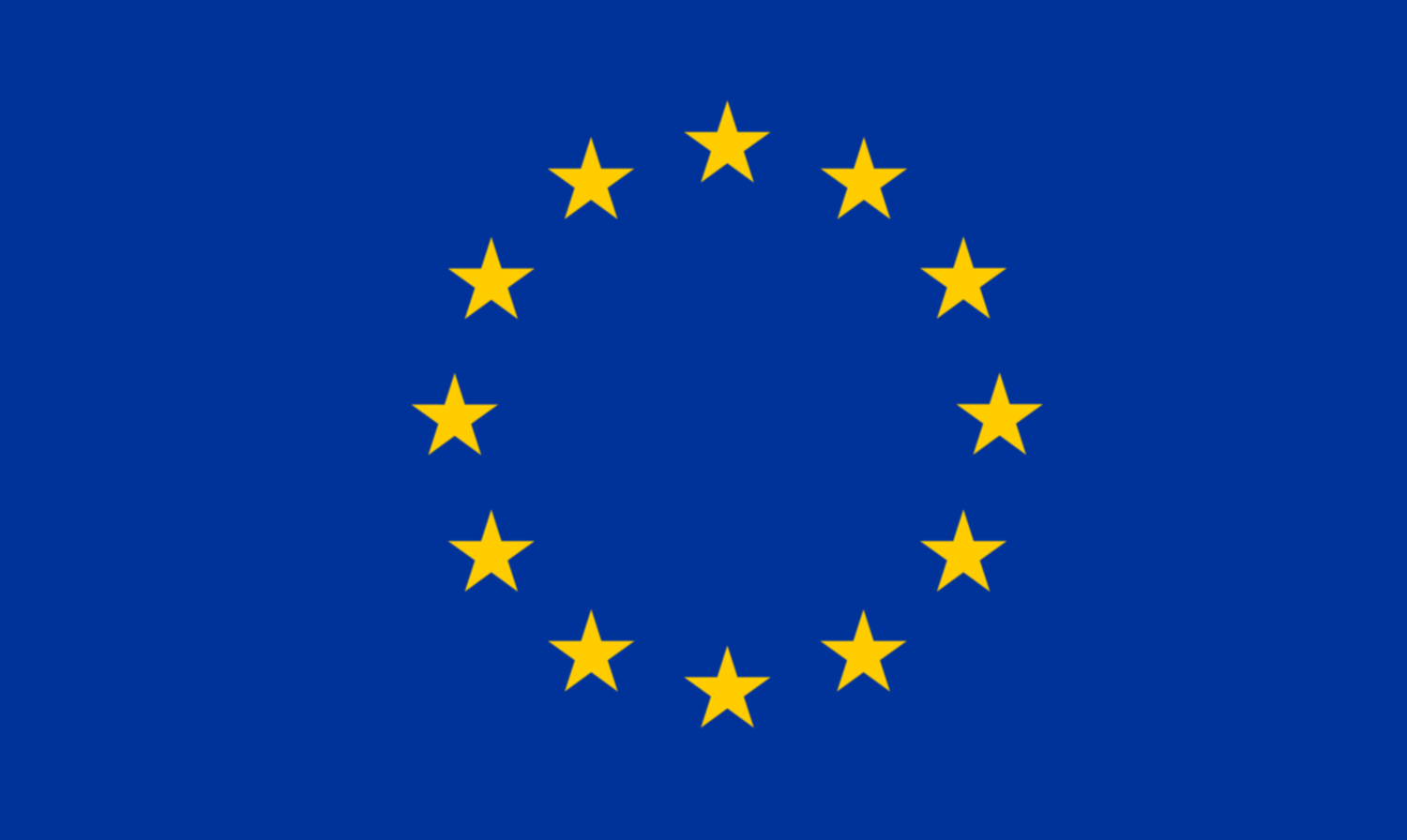About
ComPath is developed and maintained in an academic capacity by Daniel Domingo-Fernández and Charles Tapley Hoyt at the Fraunhofer SCAI Department of Bioinformatics. This web application relies on data loaded from KEGG, Reactome, and WikiPathways Restful APIs, as well as MSigDB. More information here.




